Research Shows Conquering Procrastination Is All About Emotions
We’ve all done it. Everyone has left tasks until the last minute, only to fall into a frantic anxiety spiral. What you might not know, however, is procrastinating has nothing to do with your workflow. You do it to avoid negative emotions. Dr. Timothy A. Pychyl, an expert in procrastination at Carlton University, said procrastination is actually how people attempt to deal with negative feelings about certain tasks. According to his research, when an activity makes us feel anxious, we avoid that task in an effort to also thwart anxiety.
Researchers at The College of New Jersey have also examined the link between feelings and procrastination among college students. They found that negative emotions surrounding a task in the present resulted in future procrastination. Instead of attempting to rework schedules or workflows, researchers suggest you focus on the negative emotions. Accept them, and then push through them if you really want to improve your productivity.
These five techniques don’t take long to implement—you can get started right away:
The Pomodoro Technique
This popular productivity-boosting technique requires virtually no preparation. All you need is a timer, which you most likely have on your phone.
The basic concept is to break your day into 25-minute blocks, with five-minute breaks between each block. These focused intervals are referred to as “pomodoros.”
Have a timer and some work to do? You have everything you need to try the Pomodoro Technique.
The Two-Minute Rule
David Allen developed this method and covers it in his book, Getting Things Done. The goal is to accomplish a series of easy, quick tasks first so you can check several items off your to-do list in a short time. You then feel inspired to go on to the more challenging tasks on your list.
If you can do it in two minutes, do it now!
To get started, rewrite your to-do list for the day. Don’t worry about listing things in any particular order—just jot down everything you need to do today. Circle any tasks you can accomplish in approximately two minutes and tackle those first. You’ll feel quite satisfied after you cross all those things off your to-do list.
Take an Exercise Break
We all know exercise stimulates blood flow to the brain, which increases creativity and productivity. A study of 200 workers found that working out increased productivity by 21 percent. But we often feel too busy or too tired to exercise.
Exercise elevates your mood and gives you an energy boost so you can push through your projects.
If you feel stuck, or like you’re procrastinating the day away, it’s time to pause, step away from your work, and get your heart rate going.
Block Digital Distractions
The lure of digital distractions is around us all day, every day. When you hit a wall, it’s easy to pop on Facebook or scroll through Instagram, and claim you’re trying to find inspiration or taking a “break.”
You can’t get stuff done with the constant lure of social media, games, and other distractions around.
When you start to reach for an unproductive distraction, take action! Use tools like the iOS Screen Time function to limit your access to distracting apps, or remove them if the allure is too strong. You can also block sites on your home network if necessary.
If you block out the rest of the world for a while, it can help you focus on what you need to accomplish.
Autofocus
Autofocus is a really useful and, well, focused method invented by Mark Forster, a life coach and productivity specialist.
The first step of this method is to write a quick to-do list of only today’s tasks (keep a separate master list for longer projects). Take a minute to read through all the items, and then pick the one you’re most excited or passionate about. If nothing jumps out at you, choose something you can dive into right away.
Pick tasks that appeal to you to jump-start your work, and keep the momentum going.
The goal is to do something you want to do. Then, as you work on that task, you get into the flow of being focused and productive. This ultimately helps you move on to the next task, which might be more challenging and less fun.


